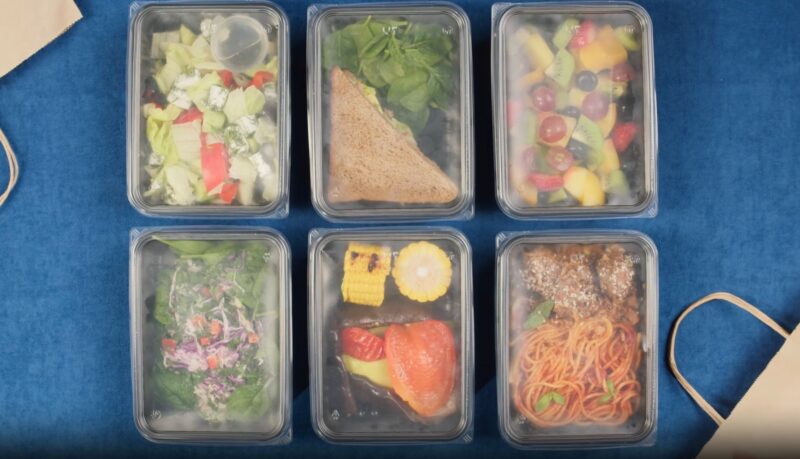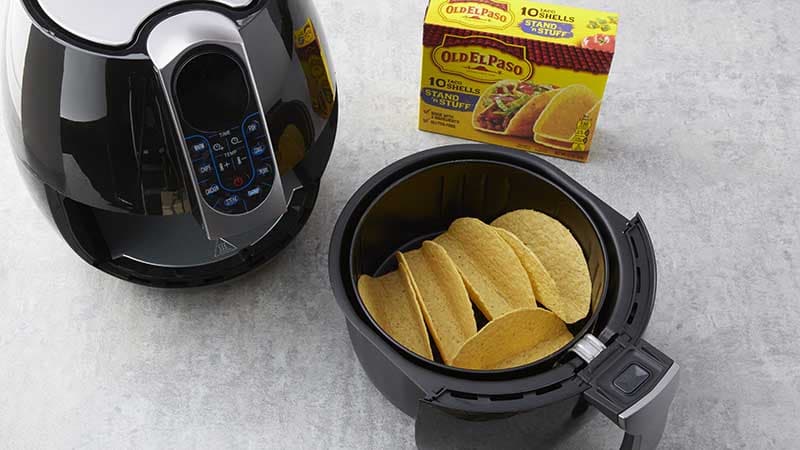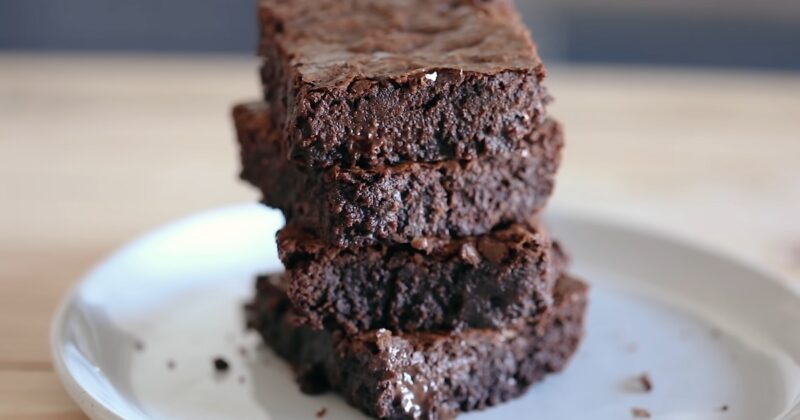
I know how confusing it can be to figure out the right calorie intake when you’re trying to hit your fitness goals. Whether you’re looking to build muscle, lose weight, or just maintain a healthy lifestyle, getting your calorie intake right is crucial.
I’ve worked with clients from all walks of life, and one thing is clear: cookie-cutter approaches don’t work. Your body is unique, and your calorie intake should reflect that.
Table of Contents
ToggleExample Of Personalized Calorie Intake Chart
| Category | Details |
| Age | 30 years |
| Gender | Male |
| Weight | 80 kg (176 lbs) |
| Height | 180 cm (5’11”) |
| Activity Level | Moderately Active (3-5 days/week) |
| Goal | Weight Loss |
| BMR | 1765 kcal/day |
| TDEE | 2735 kcal/day |
| Calorie Target | 2235 kcal/day (500 kcal deficit) |
| Macronutrient Targets | |
| Protein | 25% of calories (140g) |
| Fat | 30% of calories (75g) |
| Carbohydrates | 45% of calories (252g) |
TDEE (2735 kcal) represents the calories needed to maintain current weight.
A 500 kcal deficit was applied for weight loss, resulting in a target of 2235 kcal/day.
Macronutrient breakdown:
- 140g of protein (25% of calories)
- 75g of fat (30% of calories)
- 252g of carbohydrates (45% of calories)
You start by figuring out your Basal Metabolic Rate (BMR). From there, adjust based on how active you are each day. If you’re more active, you need more calories; less active, you need fewer. It’s that straightforward. Here are the steps.
Calculate Your Basal Metabolic Rate (BMR)
Your Basal Metabolic Rate (BMR) is the number of calories your body needs to function at rest. It serves as the foundation for determining your total daily calorie needs.
And if you want to learn more on this, and how BMR works in practice, maybe getting a Sports Nutrition Certification at ASFA is the best solution. It will help you reach more clients as people are looking for credible fitness instructors with backup knowledge in various fields related to health, nutrition, and training.
Determine Your Total Daily Energy Expenditure (TDEE)
Your Total Daily Energy Expenditure (TDEE) represents the total number of calories you burn in a day, accounting for your activity level. To calculate TDEE, multiply your Basal Metabolic
You may also like: Getting Real Weight Loss Results: Is Eating All That Matters?
Example:
Let’s say you’re a 30-year-old man who weighs 80 kg, is 180 cm tall, and exercises 3–5 days a week. Here’s how you’d calculate your TDEE:
BMR calculation: TDEE calculation (for moderately active):
Set Your Weight Goals
Caloric Adjustments Based on Goals
| Weight Loss | Subtract 500–1000 kcal |
| Weight Maintenance | Match TDEE |
| Weight Gain | Add 300–500 kcal |
Insights:
Weight Loss: A reduction of 500–1000 calories per day typically results in 0.5 to 1 kg of weight loss per week. The larger the calorie deficit, the faster the weight loss, but be cautious about cutting too much as it can lead to muscle loss or fatigue.
Weight Gain: Increasing your intake by 300–500 calories above your TDEE can support muscle gain or healthy weight gain. Ensure the additional calories come from nutrient-dense foods to build muscle rather than just adding body fat.
Maintenance: For maintaining your current weight, ensure that your caloric intake matches your TDEE and adjust as needed based on changes in activity or metabolism.
Adjust Calorie Intake Based on Activity
Activity affects calorie burn, and understanding this helps you either boost your intake or maintain a deficit.
Activity Levels and Their Impact
| Sedentary | Low calorie burn; minimal additional intake |
| Lightly Active | Slight increase in calorie needs |
| Moderately Active | Noticeable calorie burn; higher intake needed |
| Very Active | High calorie burn; requires substantial intake |
| Extra Active | Extreme calorie burn; large increase needed |
Insights
- Sedentary individuals don’t burn many extra calories through daily activities, so their caloric needs stay close to their BMR.
- Active people need more energy to fuel their workouts and recover, especially those with highly physical jobs or intense exercise routines.
- It’s essential to adjust your intake depending on any changes in your activity level. For example, if you go from a desk job to a more physically demanding role, your intake must increase accordingly to maintain energy levels.
Divide Calories Into Macronutrient Targets
Macronutrient Breakdown
| Macronutrient | Percentage of Total Calories |
| Protein | 10-35% |
| Fat | 20-35% |
| Carbohydrates | 45-65% |
Insights
- Protein is essential for muscle repair and maintenance. Aim for the higher end of the range if you’re focused on building muscle or losing fat.
- Fats provide long-lasting energy and support essential bodily functions. Stick to healthy fat sources like avocados, nuts, and olive oil.
- Carbohydrates fuel daily activities and workouts. People with high activity levels may require more carbs, while those on lower activity or weight-loss plans might reduce their intake.
Use Tools to Create a Custom Calorie Plan
| Tool | Features |
| MyFitnessPal | Tracks calories, macros, and meal plans |
| Cronometer | Detailed nutrition tracking, including micros |
| Eat This Much | Custom meal plans based on calorie needs |
| Strongr Fastr | Custom meal and workout plans |
Insights
MyFitnessPal is widely popular and easy to use for tracking your daily food intake and monitoring your progress.
Cronometer provides a more detailed breakdown of not only macronutrients but also micronutrients, making it ideal for those focused on overall health.
Eat This Much simplifies meal planning by creating daily menus based on your calorie and macro targets.
Strongr Fastr integrates meal and workout plans, perfect for those balancing fitness goals with nutrition.
Monitor Your Progress
Ways to Monitor Progress
| Method | What to Track |
| Body Measurements | Track weight, waist, and muscle size |
| Food Tracking | Use apps to log meals and calories |
| Physical Changes | Monitor energy levels and performance |
| Adjustments | Change calorie intake based on results |
Insights
- Body measurements give a clearer picture than weight alone. Tracking waist size, muscle mass, and other areas can show progress even when the scale doesn’t change significantly.
- Food tracking ensures you stay within your calorie and macro targets. Apps like MyFitnessPal or Cronometer make this process easier.
- Physical changes, such as energy levels, recovery time, and workout performance, are also good indicators of how well your plan is working.
- Adjust as needed: If you’re not seeing the results you expected after a few weeks, consider adjusting your calorie intake or activity level to better match your goals.
Last Words
Using tools and regularly monitoring your progress will help you stay on track and make any necessary adjustments. With the right approach, your personalized calorie intake plan will guide you toward success, whether you’re aiming to lose weight, gain muscle, or maintain your current state.
Related Posts:
- 14 Best Wooden Spoons That Your Kitchen Needs 2023 -…
- 12 Best Oven for Baking Cakes 2023 - Choosing the…
- 11 Best Pasta Strainer For Your Kitchen 2023 -…
- 13 Best Whetstone 2023 - Sharpen Your Blades with Ease
- Can You Freeze Mozzarella Cheese? Saving Your Cheese…
- Top 12 Best Canned Chili 2023 - The Versatility in…













